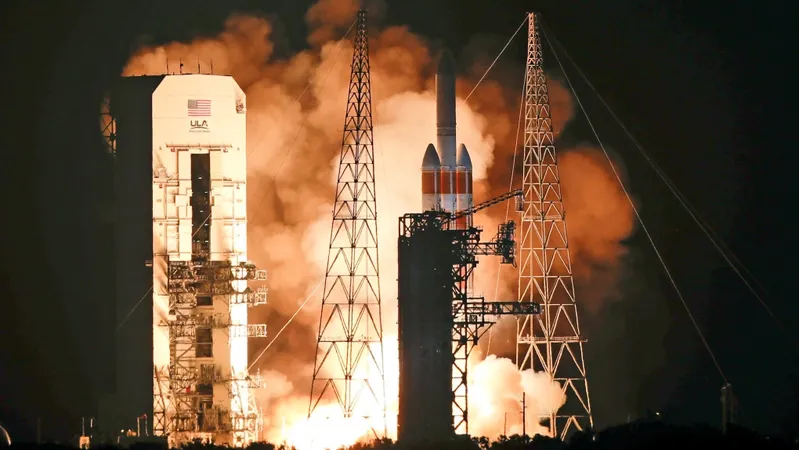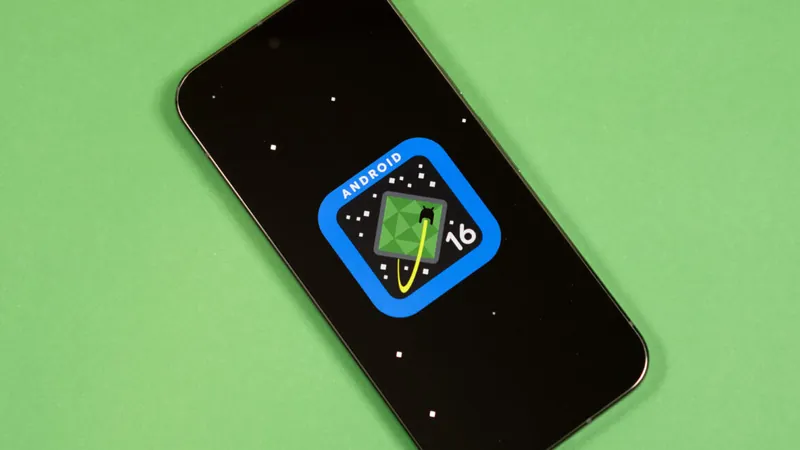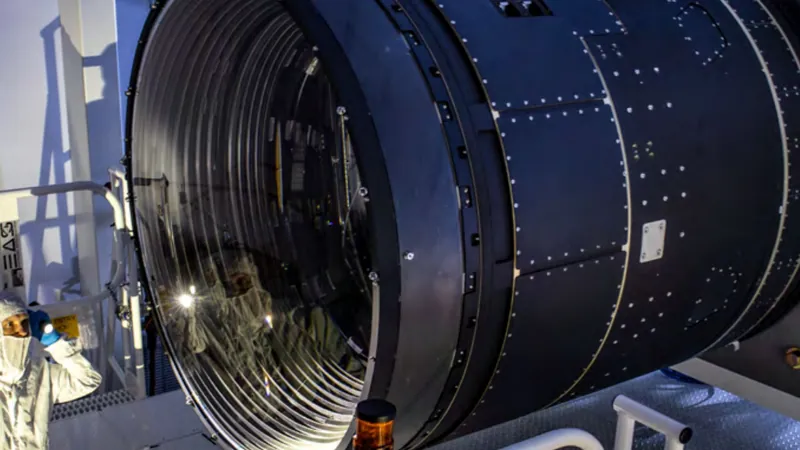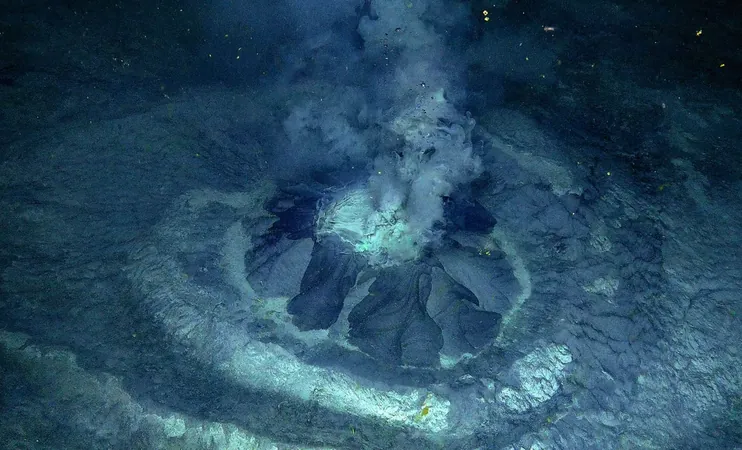
NASA's Parker Solar Probe Makes History with Record-Breaking Close Encounter to the Sun!
2024-12-29
Author: Olivia
NASA's Parker Solar Probe Makes History with Record-Breaking Close Encounter to the Sun!
In a groundbreaking achievement for solar science, NASA announced on Friday that its Parker Solar Probe has successfully completed the closest-ever approach to the Sun by a human-made spacecraft. The probe traveled a remarkable distance of just 3.8 million miles (6.1 million kilometers) from the Sun's surface on December 24, plunging into the solar atmosphere known as the corona.
The operations team at the renowned Johns Hopkins Applied Physics Laboratory in Maryland confirmed the probe’s status by receiving a beacon signal just before midnight on Thursday, indicating that it is “safe” and functioning normally. This reassuring update comes as the spacecraft prepares to send detailed telemetry data back to Earth on January 1, providing a wealth of information about its mission and the extreme conditions it encountered.
Flying at a staggering speed of up to 430,000 miles per hour (692,000 kilometers per hour), the Parker Solar Probe endured blistering temperatures reaching as high as 1,800 degrees Fahrenheit (982 degrees Celsius). This unprecedented close-up study of our Sun allows scientists to measure and understand crucial phenomena. Researchers aim to unravel mysteries such as how materials in the corona are heated to millions of degrees, track the origins of solar wind—an unstoppable stream of particles released from the Sun—and uncover the processes that accelerate energetic particles to nearly the speed of light.
Dr. Joseph Westlake, NASA's heliophysics director, celebrated this mission as a transformative moment in our understanding of solar dynamics. "We're rewriting the textbooks on how the Sun works with the data from this probe," he declared, highlighting the decades of theoretical groundwork that led to this mission that was envisioned as far back as the 1950s. “It’s an amazing achievement to create technologies that let us delve deeper into understanding the sun’s operations.”
Launched in 2018, the Parker Solar Probe has been ingeniously maneuvering closer to the Sun through a series of gravitational assist flybys of Venus, enabling tighter orbits with every pass. Moving forward, the mission team is gearing up for more impending flybys in the extended mission phase, aiming to capture unique solar events and expand the frontier of solar exploration.
As researchers eagerly await the transmission of new data, the Parker Solar Probe is set to reshape our comprehension of solar physics and its impacts on space weather and, ultimately, life on Earth. Stay tuned as we continue to chart the depths of our solar system!









 Brasil (PT)
Brasil (PT)
 Canada (EN)
Canada (EN)
 Chile (ES)
Chile (ES)
 Česko (CS)
Česko (CS)
 대한민국 (KO)
대한민국 (KO)
 España (ES)
España (ES)
 France (FR)
France (FR)
 Hong Kong (EN)
Hong Kong (EN)
 Italia (IT)
Italia (IT)
 日本 (JA)
日本 (JA)
 Magyarország (HU)
Magyarország (HU)
 Norge (NO)
Norge (NO)
 Polska (PL)
Polska (PL)
 Schweiz (DE)
Schweiz (DE)
 Singapore (EN)
Singapore (EN)
 Sverige (SV)
Sverige (SV)
 Suomi (FI)
Suomi (FI)
 Türkiye (TR)
Türkiye (TR)
 الإمارات العربية المتحدة (AR)
الإمارات العربية المتحدة (AR)